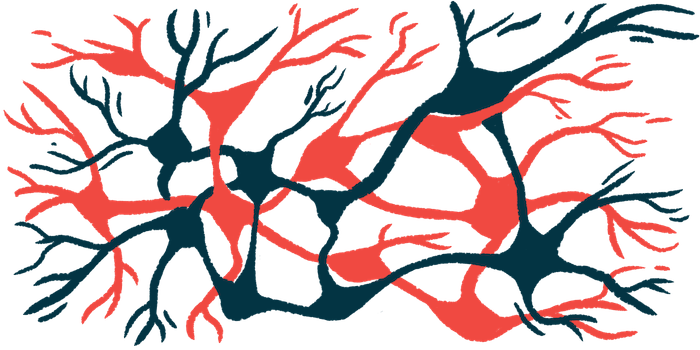‘Young’ transplanted stem cell neurons ease symptoms in rats
Skin cells from Parkinson's patients were matured for 18, 25 days

Skin cells from people with Parkinson’s disease were transformed into stem cells that could generate dopamine-producing neurons, the same type that’s progressively lost with the disease.
The technique opens new avenues for cell therapies to treat Parkinson’s while avoiding possible immune rejections.
The researchers used animal models of the disease, which let them pinpoint the ideal developmental stage for transplanting the cells, ensuring their successful integration and maturation into fully functional neurons.
“These results give us confidence that personalized therapy is feasible for Parkinson’s disease,” Jeanne Loring, PhD, director of the Center for Regenerative Medicine at Scripps Research in La Jolla, said in a press release.
Loring, who co-founded the stem cell company Aspen Neuroscience, calls the research “important progress toward development of an autologous cell replacement therapy for Parkinson’s disease.”
The results, “Neurite Outgrowth and Gene Expression Profile Correlate with Efficacy of Human Induced Pluripotent Stem Cell-Derived Dopamine Neuron Grafts,” were published in Stem Cells and Development.
The motor symptoms of Parkinson’s result from the loss of neurons that produce dopamine, a chemical messenger in the brain that’s important for motor control. Only limited treatment options exist to manage these symptoms.
Transforming patients’ cells into dopamine-producing neurons
Some clinical trials have tested stem cells as a way to replace the lost dopamine-producing neurons. All these trials use stem cells grown in the lab or from a donor, however, making it more likely a patient’s immune system would reject them.
“When you transplant neurons derived from someone else’s cells, those cells will be rejected by the immune system, requiring the use of immunosuppressive drugs that are often not well tolerated,” said Loring, who co-led the study with Mariah J. Lelos, PhD, from Cardiff University in the U.K. They used skin cells from two people with sporadic Parkinson’s to transform them into neurons. This type of Parkinson’s is also called idiopathic, meaning its cause is unknown.
The skin cells were reprogrammed to behave like stem cells. These cells, called induced pluripotent stem cells (iPSCs), are created by introducing specific genes into the skin cells, making them versatile and capable of developing into various cell types when given the right cues.
The iPSCs were allowed to develop into neurons for either 18 or 25 days before being transplanted into a rat model of Parkinson’s disease.
Only ‘young’ neurons ease rats’ Parkinson’s symptoms
Both types of neurons survived well in the rats’ brains and produced similar amounts of dopamine. Only the ones that developed for 18 days improved Parkinson’s-like symptoms in the rats.
The key factor for success may have been the extent of neurite outgrowth, the researchers found. Neurites are projections that neurons use to communicate with other neurons. The less developed neurons had significantly more neurites reaching out in the rats’ brains.
“Neurite outgrowth is the key factor determining graft efficacy,” the researchers wrote, adding “gene expression profiling revealed characteristics of the cells that may predict their efficacy.”
Indeed, when they looked at the activity, or expression, of genes, they found many associated with neuronal differentiation were turned off in the neurons that developed for 18 days, but not in the other ones. Differentiation refers to the process of taking on certain characteristics and reaching a mature form and function.
“At this earlier time point, the cells are poised to become neurons and when they are put into the brain, they receive the signals to turn on those genes and finish their development. This allows them to make connections with the host,” Lelos said. “If they’re farther along in development, they no longer respond to those initial developmental signals.”
This suggests that, while these neurons can survive in the brain, they must be in an earlier developmental stage before transplantation to be effective in treating Parkinson’s. This “is a promising therapeutic strategy for Parkinson’s disease,” the researchers wrote.






